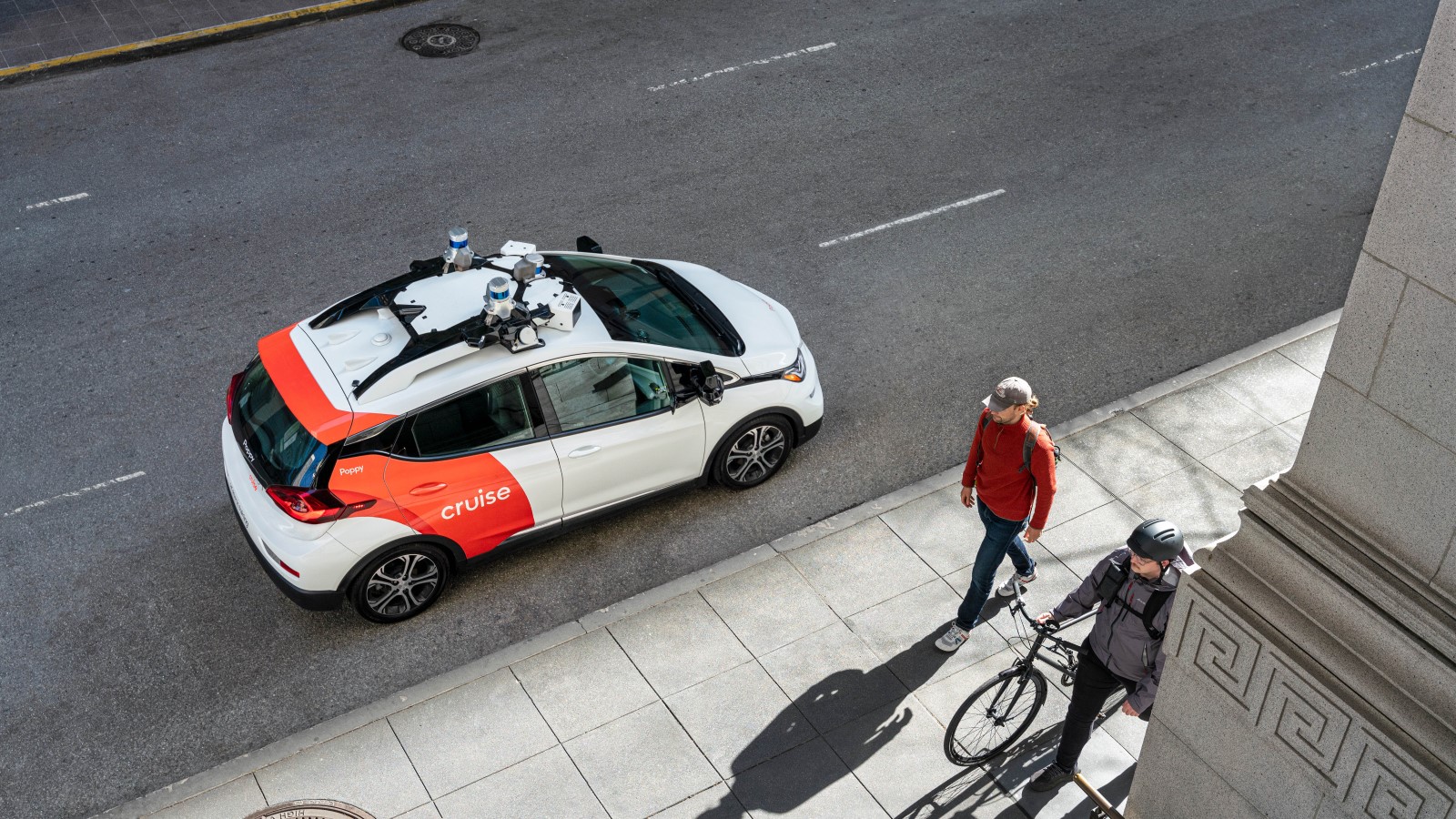General Motors announced yesterday that it will shut down its self-driving taxi division. The automaker will fold the team developing robotaxis into its internal effort to develop self-driving cars for sale.
Related: Self-Driving Cars – Everything You Need to Know
The New York Times notes, “The decision removes GM from a business that some in the industry believe could someday be worth hundreds of billions of dollars if researchers can solve formidable technological hurdles.”
But those hurdles have proved considerable. CEO Mary Barra told investors on a conference call this week that operating Cruise’s fleet of robotaxis “is not our core business and is very expensive.”
GM Getting Out, Tesla Getting In
Competitors like Amazon (through its Zoox subsidiary), Google (through Waymo), and Uber continue to pursue robotaxis as a business. Earlier this year, Tesla revealed a planned Tesla Robotaxi and larger Tesla Robovan, though neither are in operation serving customers.
Cruise provides rides in limited sections of several cities, including San Francisco and Houston.
“Like virtually all major carmakers, GM is coping with tepid demand for cars and is under pressure to invest in new technologies, including electric vehicles, to compete with emerging Chinese carmakers,” the Times explains. However, no company has succeeded yet in making robotaxis profitable, and the considerable development costs have become a drain on large corporations.
Super Cruise Now the Focus
No automaker sells a self-driving car yet. However, GM is one of many with a partial automation system that can handle some tasks of driving on many highways under limited conditions. Its Super Cruise system and Ford’s similar BlueCruise have taken the top places in Consumer Reports testing two years in a row.
Mercedes sells the most advanced system legal in the United States today. Its Drive Pilot will navigate a traffic jam under 45 mph without much driver supervision. It’s legal only in California and Nevada.
Surveys continue to show that Americans distrust the idea of self-driving cars. One recent study found them among the least-desired technology features in new cars.








